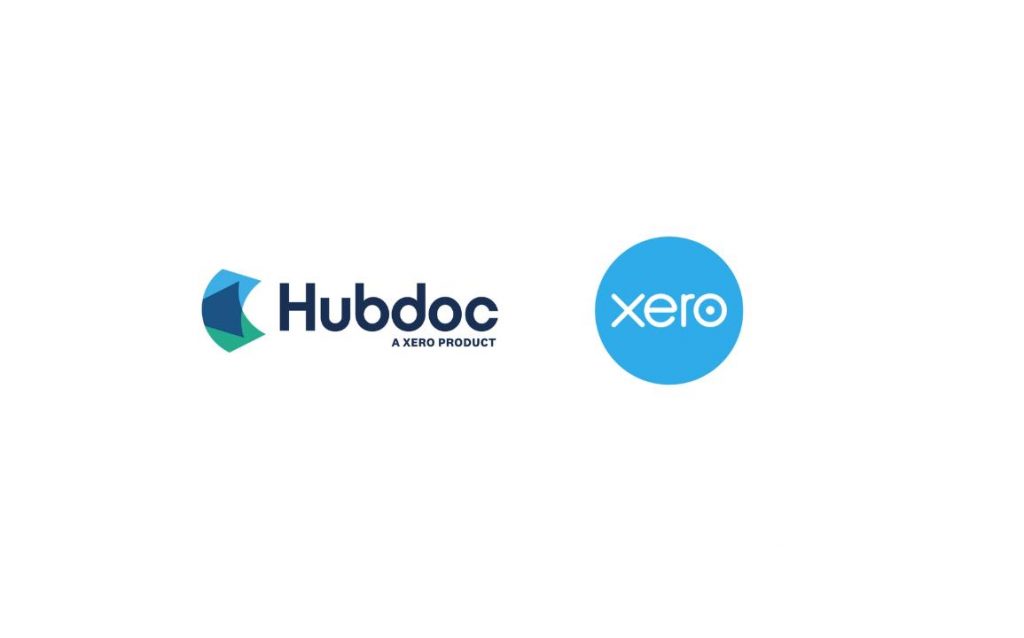How to Prevent The ATO From Cancelling Your ABN
ATO’s Intent To Cancel Inactive ABNs Program
The Australian Taxation Office (ATO) are currently undertaking a program of reviewing Australian Business Numbers (ABNs) to identify those that are potentially inactive and in need of cancellation.
The ATO may select an ABN for review and potential cancellation if:
- that ABN has not reported business activity in a tax return;
- there are no signs of business activity in other lodgements such as activity statements; or
- there are no signs of business activity from other third-party information which the ATO has access to.
Are you a sole trader, partnership, or trust?
If yes, read carefully.
Did you declare business income for the last two years in your tax returns? If not, you might be at risk.
Or even worse you have forgotten to lodged business activity statements or income tax returns for more than two years?
The ABR checks are happening throughout 2018.
The solution is simple. Contact your bookkeeper to bring your BASes up-to-date and lodge your outstanding tax returns.
Consistent compliance with taxation office rules is a must.
Sole Trader Myth
Who knows how myths are created. In a lot of cases they are created with good intentions. As Samuel Jackson said: “Hell is paved with good intentions”.
Sometimes sole traders have not lodged forms with ATO because they think they don’t need to lodge if their income is below the tax-free threshold.
Tax-Free Threshold through the last two decades:
1991-2000 – $5,400
2000-2012 – $6,000
2012-now – $18,200
This myth is dangerous. It causes people to forget about their compliance obligations.
The truth is that regardless of the income, sole traders need to:
Lodge individual tax return, including the supplementary section.
Lodge business and professional items schedule for individuals.
Pay their IAS, and if Nil they must lodge a Nil.
Why inactive ABNs are not ideal
Inactive ABNs are, in most cases, an unwanted distraction for both advisors and the business owners. Some of the reasons for this include:
- If tax registrations are attached to the ABN (e.g., a GST registration), it can lead to activity statements being unnecessarily issued and penalties accruing if not lodged on time;
- The ABN will continue to appear as “active” on the Australian Business Register (ABR) if searched by the general public, which could be undesirable for various reasons;
- Emergency services and government agencies use information from the ABR during natural disasters to identify where financial disaster relief is needed to help businesses;
- The ABN may result in the client being misclassified in a certain way by the ATO (or other government departments), which could cause the business to be incorrectly selected for a compliance review of some kind;
- The ABN may trigger involvement in government surveys, such as those conducted by the Australian Bureau of Statistics (ABS) from time to time.
The impact of an ABN being cancelled on a legitimate business
Under the ATO’s ABN Intent to Cancel program, a legitimate and active business could see its ABN be the subject of review (and potentially cancelled) if it has fallen behind on the lodgement of tax returns and activity statements.
If an ABN is cancelled for a genuine business, the business owner is said to have no legal business and is thus held to be operating illegally. Among other things, this will cause problems for customers and suppliers who use the ABR to verify that they are dealing with a legitimate business (particularly at the commencement of a business relationship). If there is no ABN appearing on the register because it has been cancelled, then that customer or supplier may withhold 45% of any payments due to the business and may subsequently cease to deal with the business.
Moreover, customers will need a valid ABN on tax invoices to claim GST credits in relation to purchases made.
Considerations for the cancellation of an ABN
The reality is that some ABNs are no longer needed. In these cases, it is best to take a proactive approach to avoid later contact by the ATO.
If your client’s business is no longer operating, consideration should be given to the cancellation of the ABN. Likewise, if a business structure has changed – for example, a client’s business has changed from being a sole trader to a company – then the old structure’s ABN may need to be cancelled.
Before any action is taken to cancel an ABN, it is imperative to check with both the client and the tax agent. Sometimes an ABN will be in existence for reasons unbeknown to the BAS Agent (or, for that matter, the client). Indeed, it is not always the case that just because an ABN exists, a business in the usual sense of the word is being operated. The GST Act uses the notion of “enterprise” to determine GST registration requirements (and, in turn, the requirement to hold an ABN). Enterprise is a broader term than business and extends to commercial activities, charitable activities, religious and government activities, and non-profit activities.
Two common examples of undertakings where ABNs are required, despite arguably there not being a business in the usual sense of the word, are self-managed superannuation funds and commercial property ventures (including those where two or more parties are deriving income from a commercial property).In the case of genuine businesses that have ceased (such as through an outright cessation, sale or change of structure), it may still be the case that the ABN needs to be preserved for a reasonable period to deal with the finalisation of the business’ expenses.
Cancelling an ABN
The fastest way to update your ABN is online through the ABR. or contact us and we will help you sort it out
For businesses that have cancelled an ABN, you will need to lodge an income tax return for the structure which held the ABN regardless of the result of the business. Even in the case of a sole trader, there is no tax-free threshold for sole traders with an ABN and they will need to report all business income greater than $1.
What to do if contacted by the ATO
If your ABN is identified for cancellation, the ATO may contact you and advise what actions you need to take to prevent them cancelling it. This may include lodging outstanding returns of activity statements showing business income.
The ATO have also introduced a new automated process which allows you or your BAS agent to confirm if the ABN is still required via a secure voice response system, so it is possible your contact from the ATO could be by this means.
If you are no longer in business and the ABN is no longer required, no action is needed apart from the attendance to any outstanding activity statement and tax return requirements.
Reactivation of a cancelled ABN
If your ABN is cancelled (voluntarily or otherwise) and you need it a later point in time, you can reapply to reactivate it via the ABR. If successful, this will bring back to life the former ABN as opposed to a new ABN being issued.
When reactivating a cancelled ABN, you can list your previous ABN on the application for a new ABN. Reactivating a cancelled ABN is free.
Bear in mind that reactivation of a former ABN is only possible if a business structure remains the same. If a business structure has changed, you will need to apply for a new ABN (for example, if your client was a sole trader but now operates through a company structure).
The ATO may conduct a manual review when you reactivate a cancelled ABN. Generally, this will be to determine eligibility and entitlement for an ABN. Eligibility depends upon whether you are carrying on an enterprise.
Maintaining accurate ABN details
Quite aside from the issue of cancelling unneeded ABNs, it is also best practice to ensure that accurate details of genuine ABNs are maintained on the ABR. It is common for ABN holders (or their agents) to forget to update their ABN details in the ABR when their circumstances or details change.
The ABR promotes the maintenance of accurate details on the register for three reasons:
- ensuring the right people have the right permissions to act on behalf of a business;
- enabling government agencies to have current information, for example, if emergency services need to contact businesses during natural disasters; and
- ensuring businesses are ready for new government services when they become available.
Your ABN details will be most effective if you also list your own address and business details, not just your BAS agent’s address as your agent. This allows ABN holders to be located and contacted quickly with direct updates, critical information and financial support in times of emergency or natural disaster.
Details must be updated with the ABR within 28 days of becoming aware of changes. Once again, the fastest way to update your details is to contact us so we can update it online through the ABR’s Tax professional’s services.
We Love Setting Up Xero And Hubdoc Because We Love Equipping Business Owners With The Tools They Need To Thrive.
We can free up your time and get your bookkeeping off to a great start with our customised Xero Setup service.
After a discovery call with you, we will conduct a business analysis and design a customised Xero implementation plan. Once your Xero file is set up, we don’t just hand it over and say “good luck.” You get one-on-one Xero training sessions so you have the confidence to use Xero like a pro.
By the end of your Xero Setup, you and your new Xero bookkeeping system are ready to go!
Should you need it, we’re here to provide ongoing support, advice and training.







